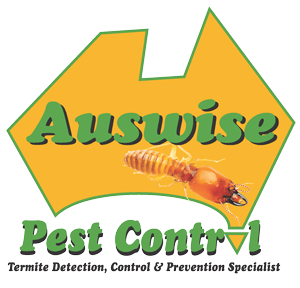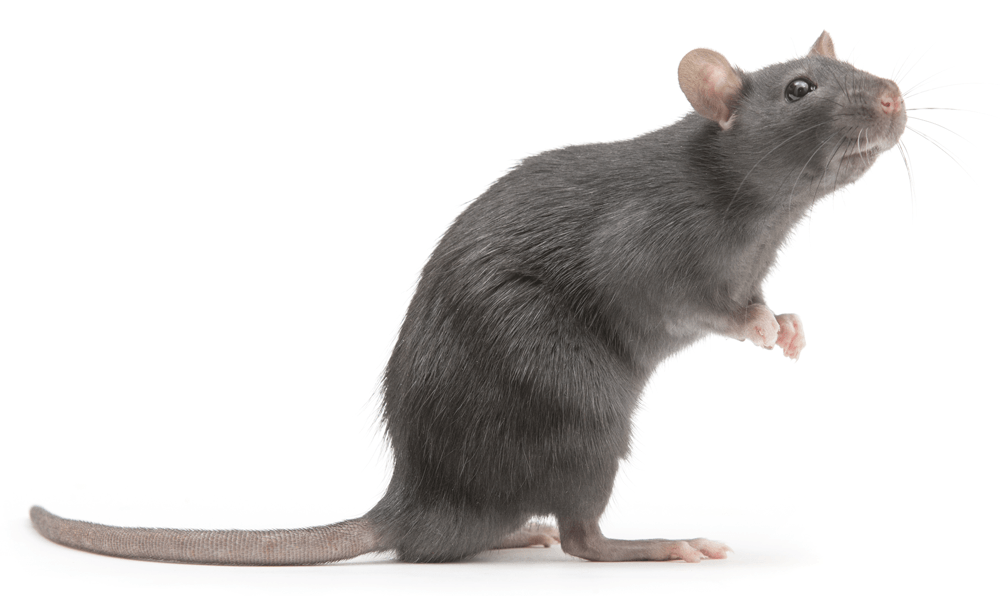The three dominant rodent pest species in South East Queensland are the Norway Rat, the Roof Rat, and the House Mouse. These three rodents are known as commercial pests, which describes their ability to cohabitate with man successfully.
Rodents are found in the main population centres in Australia and almost all countries across the globe. Since man started raising his own food, rodents have been responsible for the loss and contamination of feed from the crop stage through commercial processing in domestic and commercial premises.
Rodents have been linked to the transmission of disease. The historical occurrence of Bubonic Plague in Europe caused as many as 25 million lives to be lost. Today, rats and mice still transmit many diseases to both humans and pets. Rodent droppings are also highly dangerous to human and pet health. Rodents also carry parasites, and fleas and ticks, that transmit diseases of their own and cause allergic reactions. Rats and mice carry Hantavirus, Plague, and Rabies.
As the weather changes and conditions become less favourable during winter months, rodents will look for both shelter and food indoors. Rats and mice cause significant property damage everywhere they invade. They chew on and destroy insulation, wiring, and plumbing. They eat and contaminate food and leave strong unpleasant odours wherever they invade.
Nothing compares to the damage that rats and mice can do to a business when customers see them running about or when an inspector finds their droppings or other evidence of their infestation.
Rodents will build their nests utilising soft materials, such as paper, fabric, and insulation. These nests are found in wall cavities, roof voids or underfloor areas. Norway Rats are found in burrows in garbage tips, and the like. The adult female can give birth to 4-6 litters per year. Each litter can produce between 5-10 young, which are capable of reproduction three months after their birth. Within a year the mating of a single pair of rodents can result in a rodent population of 400-700. Safe from the natural predators that they usually face outside of your buildings, rats, and mice breed at an even more prolific pace.
Effective rodent control means not only trapping or killing the existing rodents on your property but also excluding rodent infestation in the future. Rodents are skilled at avoiding many trap systems and quickly become wary of unusual things in their habitat. Exclusion is the most effective remedy once an existing infestation is eliminated.
Rodent exclusion requires our assistance in inspecting your property with you and recommending improvements and repairs to structures to prevent entry. Our inspections come with our expertise and understanding of construction methods and practices. When we identify evidence of previous points of entry and weak points in your structures, we develop a management plan that will keep the rats and mice from getting back inside. Exclusionary materials can include sealants, concrete repairs or patching, steel mesh screens, vent screens, and other materials to close off entry. We also identify harbourage areas, food sources, and implement needed trapping and baiting programs.
Ever heard the term “as cunning as an outhouse rat?” Those rodents are cunning, but not cunning enough for Auswise Pest Control! Call on us today for professional advice to eliminate and manage rodents in and around your property.

